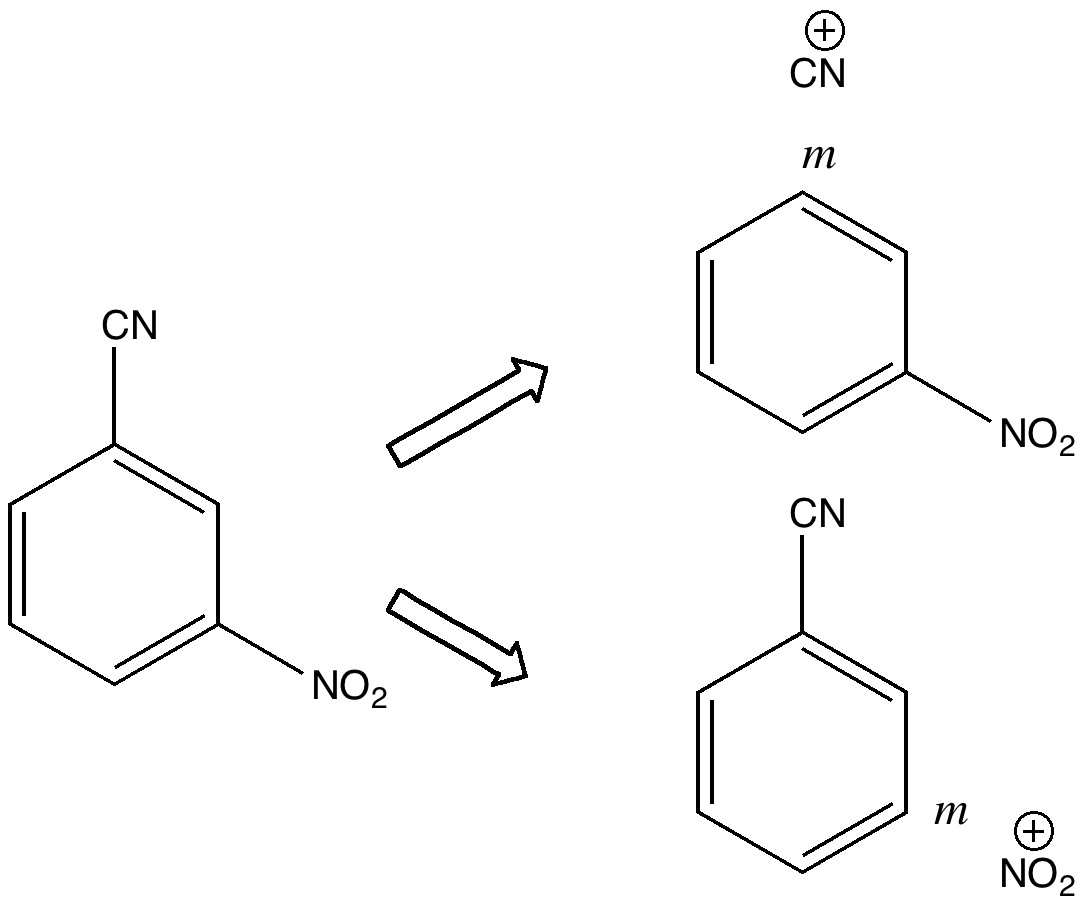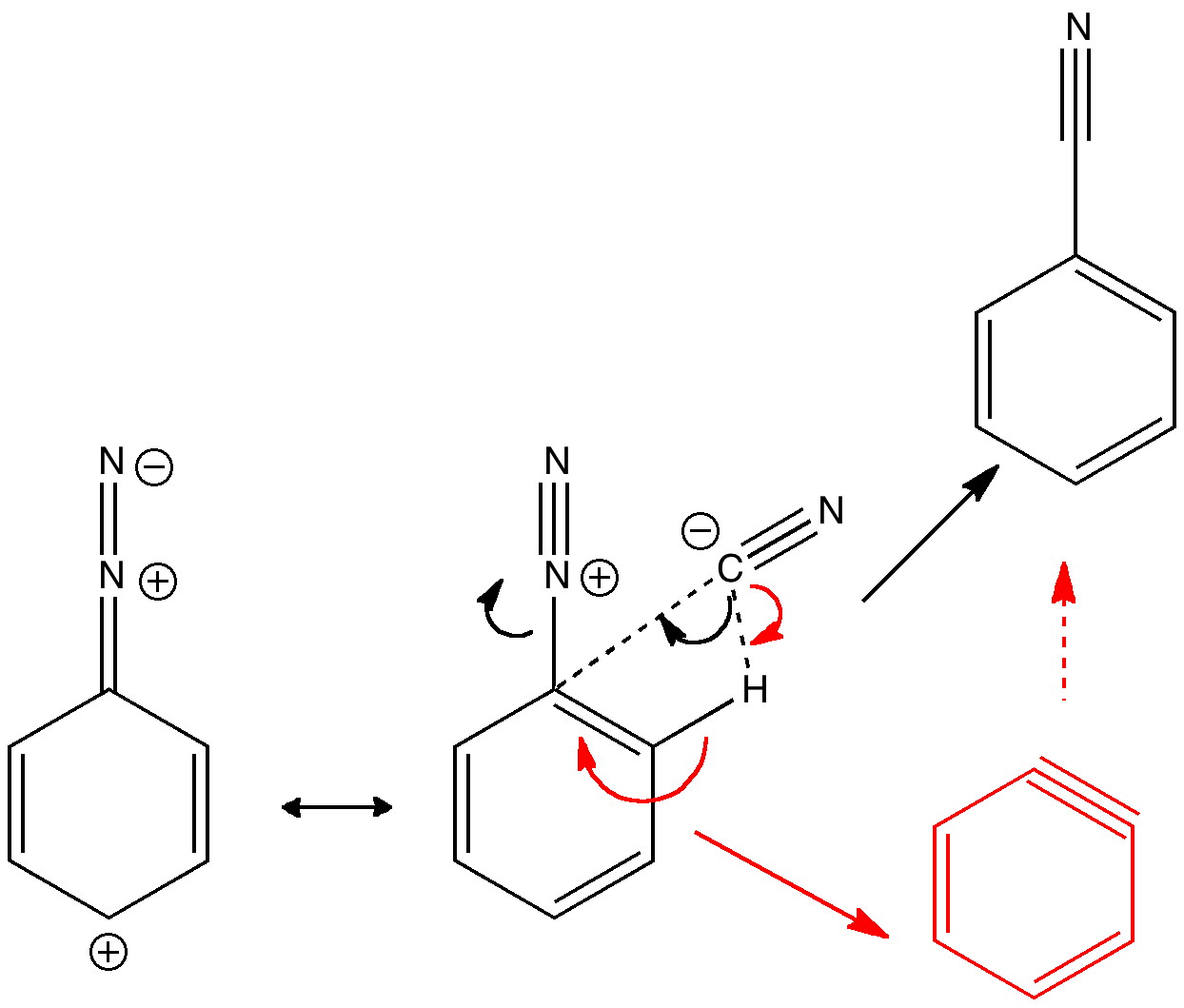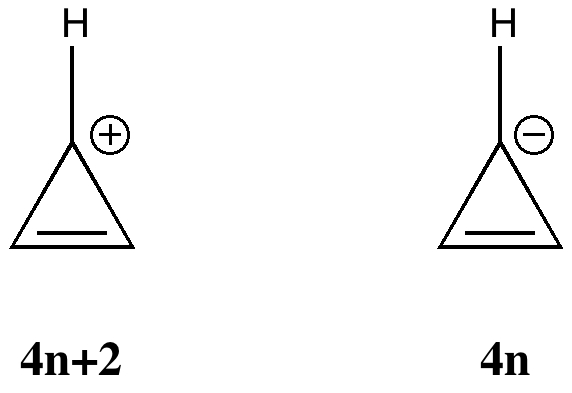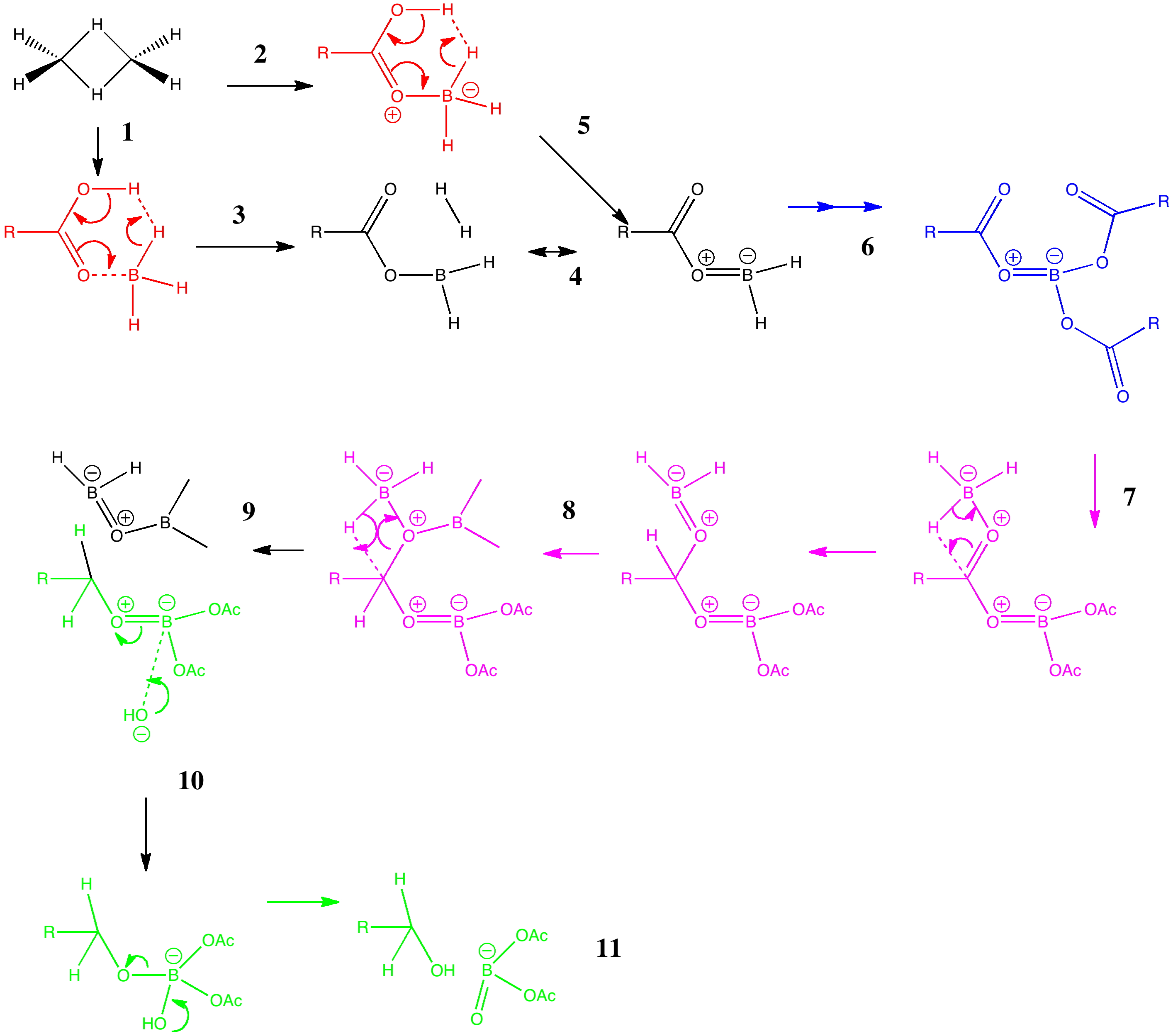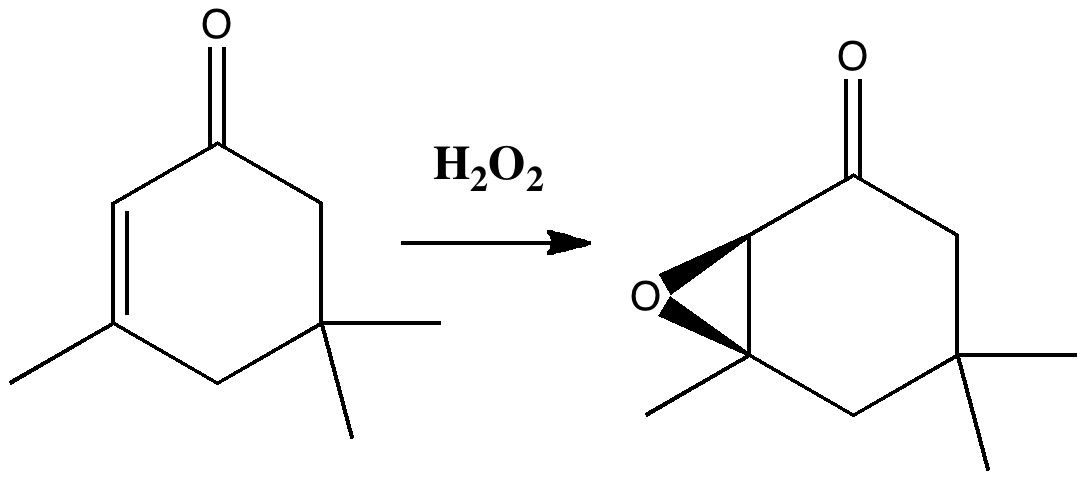
Chemistry gets complex very rapidly. Consider the formula CH 3 NO as the topic for a tutorial in introductory chemistry. I challenge my group (of about 8 students) to draw as many different molecules as they can using exactly those atoms. I imply that perhaps each of them might find a different structure; this normally brings disbelieving expressions to their faces. Click on image to see molecules constructed from these atoms.

